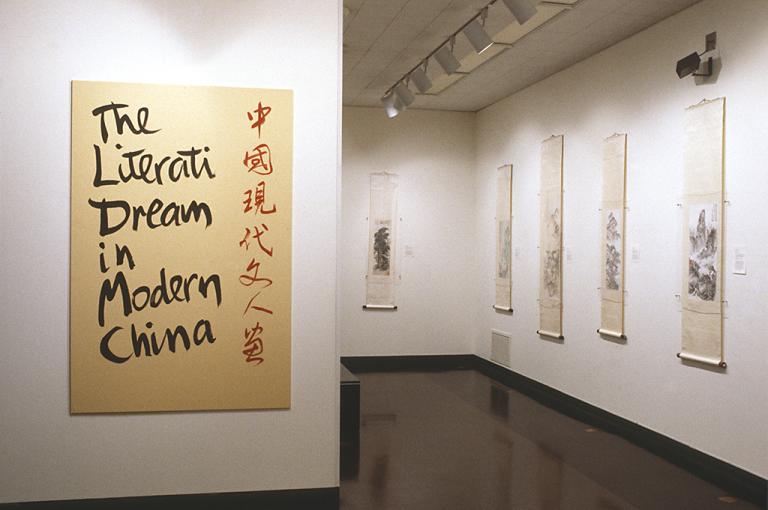Landscape of Li River, Bai Xueshi
Artwork Overview

Bai Xueshi, artist
1915–2011
Landscape of Li River,
1981
Where object was made: China
Material/technique: color; paper; ink
Dimensions:
Image Dimensions Height/Width (Height x Width): 37 x 104 cm
Image Dimensions Height/Width (Height x Width): 14 9/16 x 40 15/16 in
Frame Dimensions (Height x Width x Depth): 56.3 x 122.4 x 2 cm
Image Dimensions Height/Width (Height x Width): 37 x 104 cm
Image Dimensions Height/Width (Height x Width): 14 9/16 x 40 15/16 in
Frame Dimensions (Height x Width x Depth): 56.3 x 122.4 x 2 cm
Credit line: Museum purchase: Gift of Mrs. Floyd T. Amsden in honor of Mr. Floyd T. Amsden
Accession number: 1982.0104
Not on display
If you wish to reproduce this image, please submit an image request


